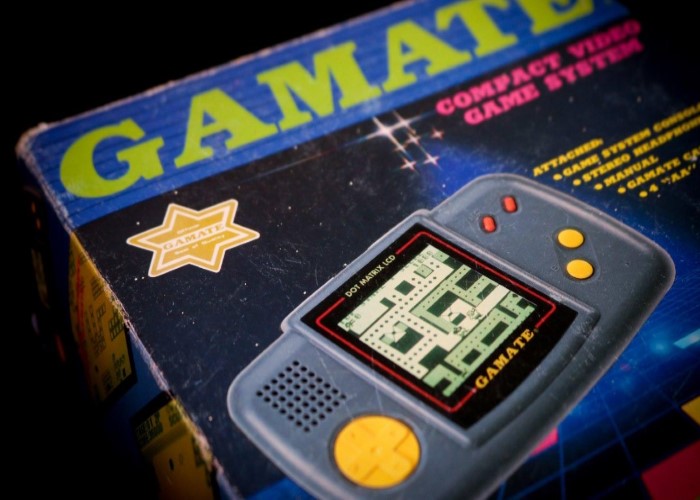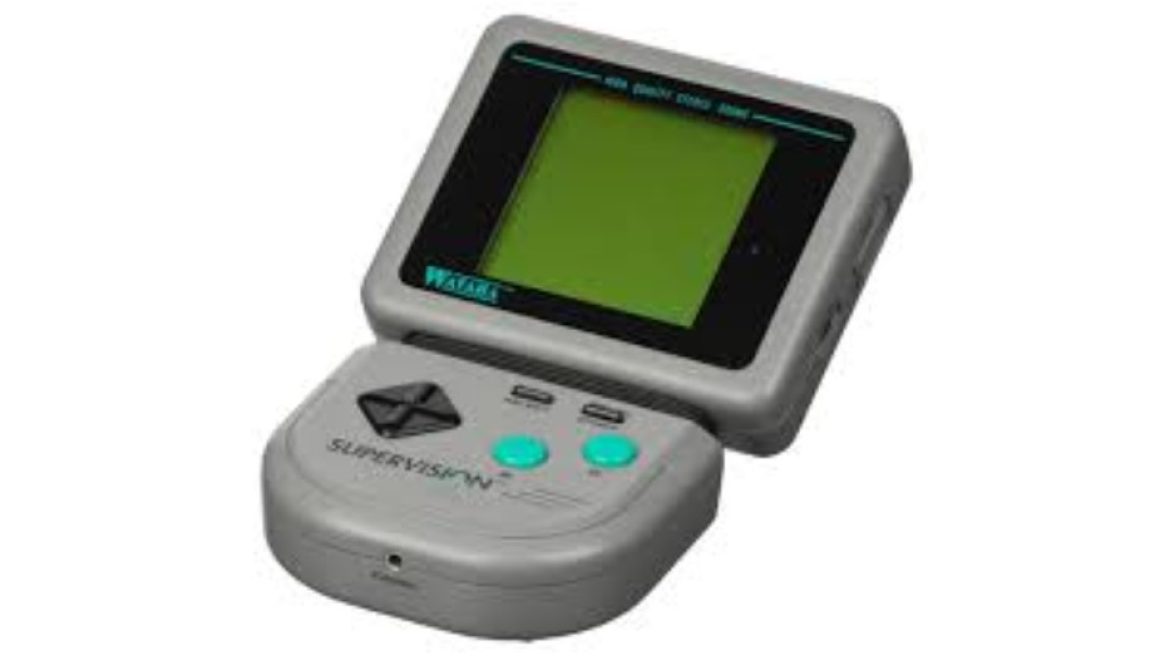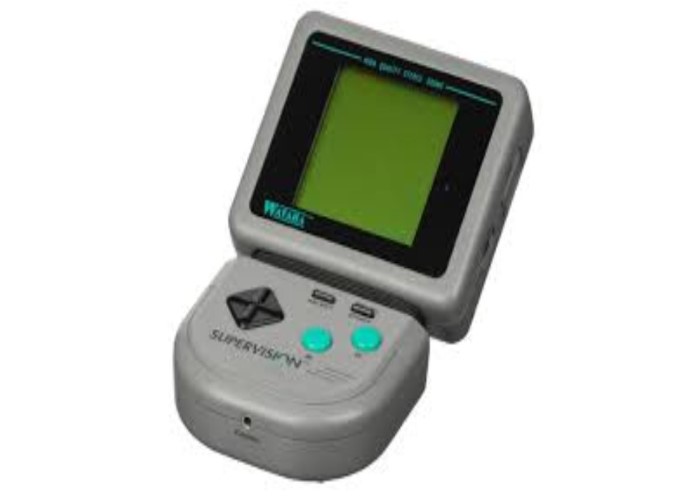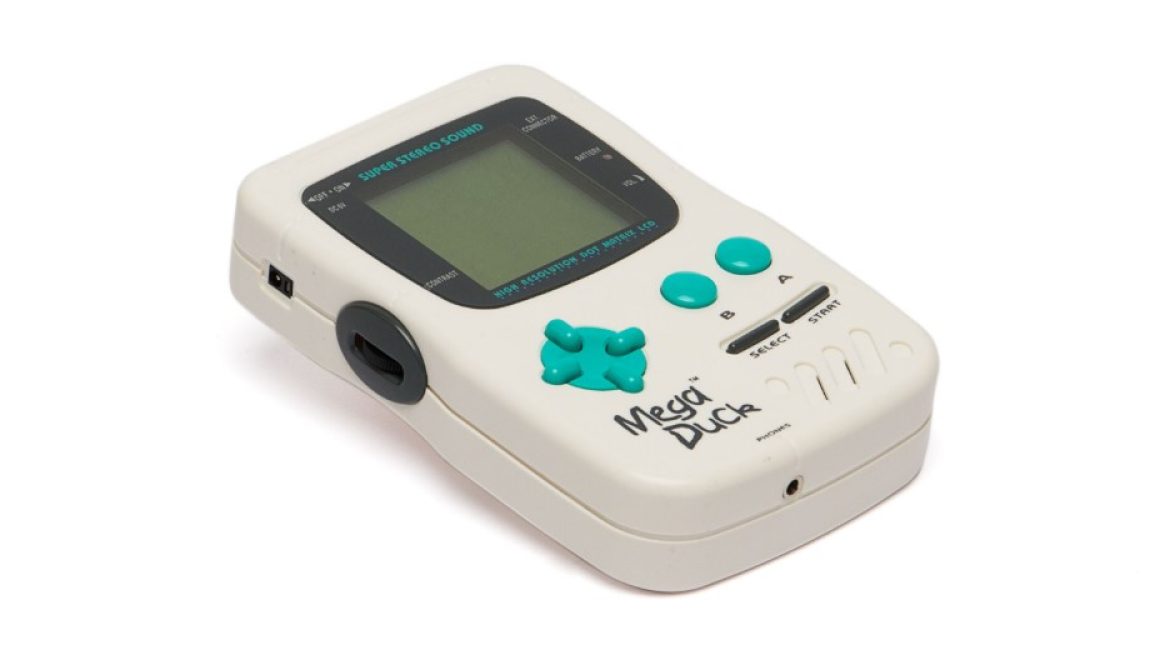About the Gamate (Super Boy) By Bit Corporation and United Microelectronics
Let’s journey back to the early ’90s, a time when handheld gaming consoles were multiplying faster than you could say “8-bit.” Among the slew of contenders vying for a piece of the portable gaming pie was the Gamate, also known as the Super Boy.
Developed by Bit Corporation and United Microelectronics Corporation (UMC), the Gamate may not have become a household name, but it certainly made its mark in the colorful history of gaming.
Release Date
The Gamate was first released in Taiwan in 1990, and it soon found its way to international markets, including North America and Europe. It was a period when the Game Boy was already enjoying massive success, but the Gamate aimed to offer something a little different and, perhaps, a bit more affordable.
Overall Popularity
In terms of popularity, the Gamate was very much the underdog. It didn’t achieve widespread acclaim or massive sales numbers like the Game Boy or the Sega Game Gear. Despite its relatively low profile, it garnered a small but dedicated fan base who appreciated its unique charm and the effort behind it. The Gamate’s market presence was modest, and today, it’s more of a collector’s curiosity than a gaming legend.
Technical Details
Now, let’s dive into the technical specs of the Gamate and see what made it tick:
- Display: The Gamate featured a 2.8-inch reflective monochrome LCD screen, offering 4 shades of gray. While it didn’t have the vibrancy of the Game Gear or the Lynx, it got the job done for the games it ran.
- Processor: It was powered by a custom 8-bit CPU, often referred to as the ‘Gamate CPU,’ running at around 6 MHz. It provided adequate performance for the system’s needs.
- Memory: The console had 16 KB of RAM, which was relatively modest but sufficient for its game library.
- Power: The Gamate required four AA batteries, which provided around 8-10 hours of gameplay. This was fairly competitive compared to other handhelds of the era, especially the power-hungry Game Gear.
- Sound: The sound capabilities were basic, featuring a simple beeper speaker system. It was functional, if not exactly symphonic.
The Companies Behind the Magic: Bit Corporation and United Microelectronics Corporation

Bit Corporation was a Taiwanese electronics company founded in 1982. They were known for producing a variety of electronic games and gaming peripherals. UMC, on the other hand, is a prominent semiconductor company also based in Taiwan, established in 1980. The collaboration between these two companies aimed to produce an affordable and competitive handheld console in an already crowded market.
Other Noteworthy Tidbits
- Game Library: The Gamate had a library of about 70-80 games. While it didn’t have the expansive catalog of its competitors, it offered a variety of titles across different genres, including puzzle games, action titles, and shoot ‘em ups. Some notable games included “Galaxy Invaders,” “Legend of Dragon Knight,” and “Pioneer Lander.”
- Design: The Gamate had a chunky, rectangular design that was typical of early ’90s handhelds. It was robust enough to withstand some rough handling, which was a plus for younger gamers.
- Interchangeable Cartridges: Like its competitors, the Gamate used interchangeable game cartridges, making it easy to switch between titles.
Fun Facts
- Name Variations: In some regions, the Gamate was marketed as the Super Boy, an attempt to capitalize on the popularity of handheld consoles with similar naming conventions.
- Distribution Challenges: The Gamate faced significant distribution challenges, especially in North America and Europe. This limited its availability and contributed to its modest sales figures.
- Collector’s Item: Today, the Gamate is a sought-after item among retro gaming collectors. Finding a working unit, along with a collection of cartridges, can be a real treasure hunt.
We Love it, All in All
The Gamate was an ambitious attempt to carve out a niche in the competitive handheld gaming market of the early ’90s. While it didn’t achieve the commercial success of its rivals, it remains an interesting footnote in gaming history. Its technical specs, unique design, and diverse game library make it a fascinating piece of retro gaming lore.
So, if you ever come across a Gamate at a flea market or in an old electronics store, consider giving it a whirl. You might just find yourself appreciating the charm and simplicity of this underdog console. In the grand tapestry of handheld gaming, the Gamate may be a small thread, but it’s one woven with ambition and creativity.





